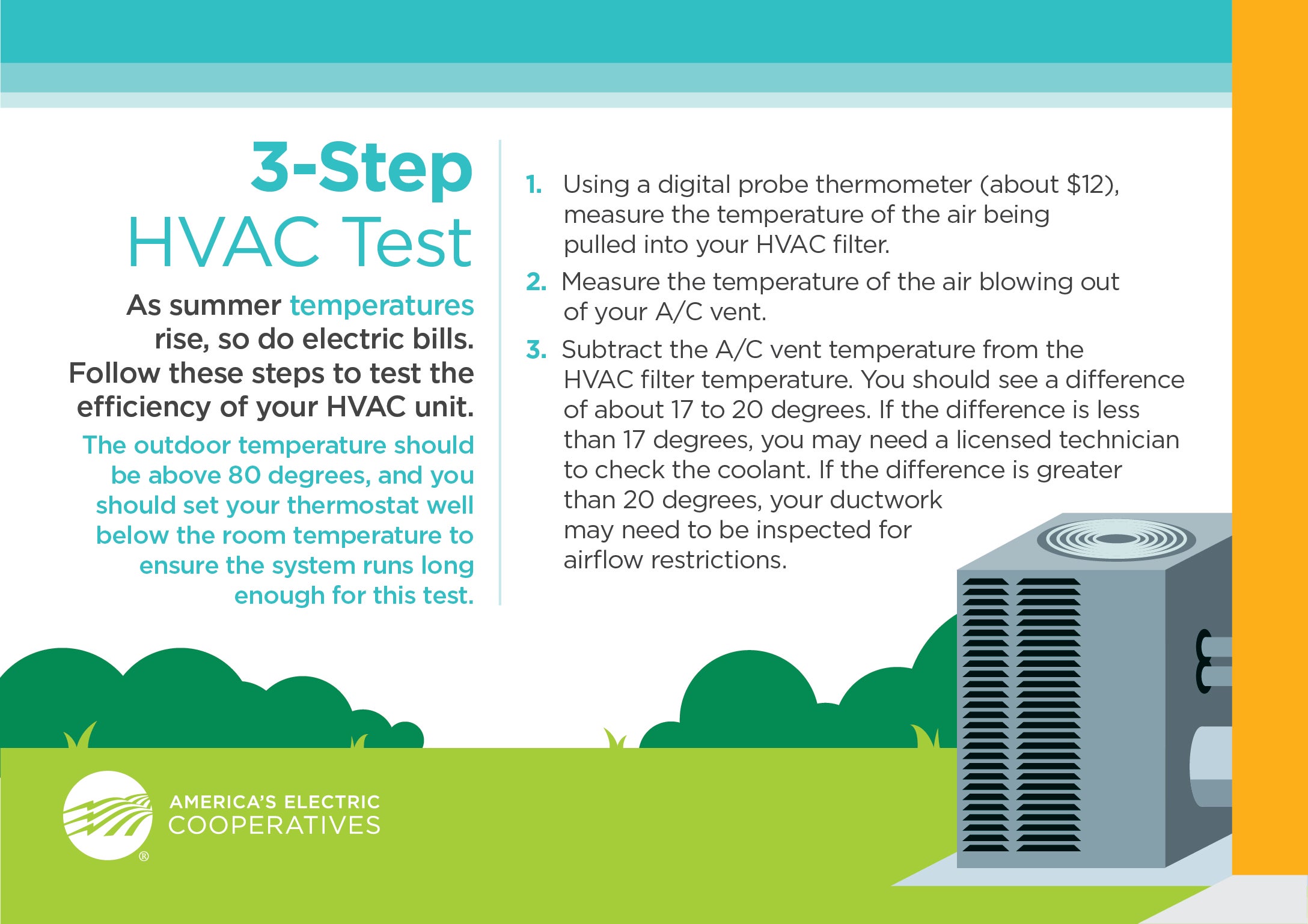By: Lincoln Feistner, Sales/Project Manager
Your heating, ventilating and air conditioning (HVAC) system is essential to keeping your home comfortable during summer months, and if it breaks down, it’s also some of the most expensive equipment in your home to repair or replace. Luckily, there are simple steps you can take to lengthen the life of your HVAC system.
- Change or clean filters. Dirty filters block airflow, which can greatly decrease the efficiency of your system. The Department of Energy recommends changing or cleaning filters every month or two during the cooling season. If your unit is in constant use or is subjected to dusty conditions or pet hair, consider checking filters more frequently.
- Clean the HVAC unit. Outdoor condenser coils can become clogged with pollen, dirt and small debris. Use a hose to spray the HVAC unit once each season to ensure maximum airflow. (Warning: Do not use a pressure washer to do this, as it can damage the equipment.)
- Clear space around the HVAC unit. Dryer vents, falling leaves and grass left behind from the lawnmower can create buildup. Remove any debris around the HVAC unit. If you have foliage near the unit, trim it back at least 2 ft. around the condenser to increase airflow.
If you want to evaluate the efficiency of your HVAC system, follow the steps in the graphic below.

You should also have your HVAC system periodically inspected by a licensed professional. The frequency of inspections depends on the age of your unit. Typically, a unit should be inspected every two years, and to avoid the busy season, I recommend scheduling your inspection in the spring or fall.
When HVAC equipment fails, it’s inconvenient and uncomfortable––especially during the dog days of summer or cold of winter. Remember, your HVAC system runs best when it’s regularly cleaned and serviced. With a little maintenance along the way, you can add years to your system’s lifespan.
